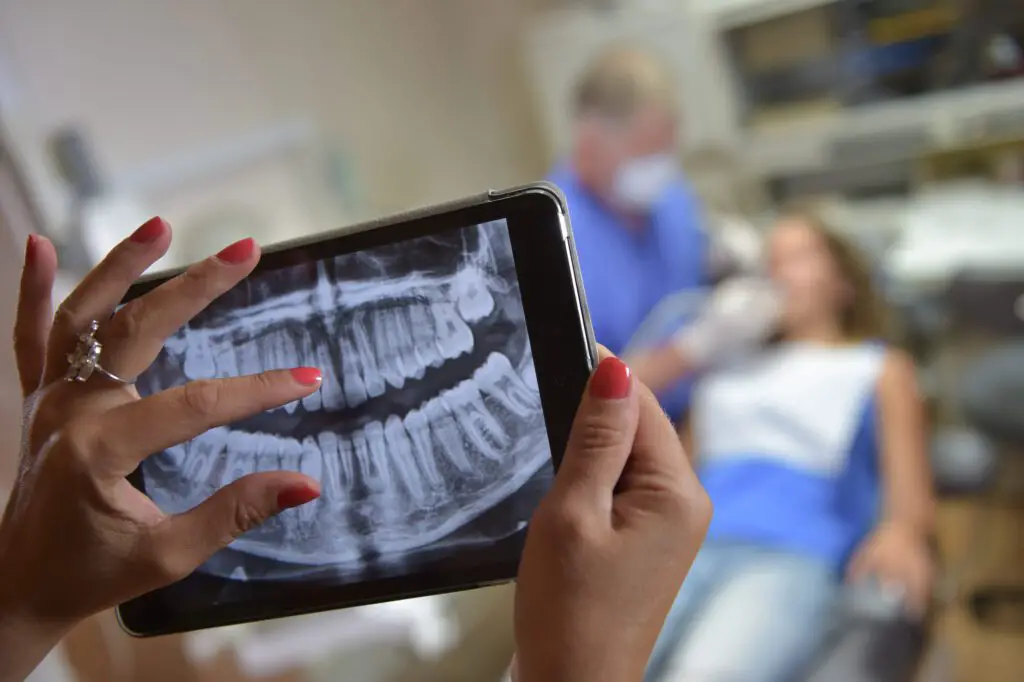If you are considering having teeth extractions Nashville Tn, there are a few things that you should know. These include the differences between simple extractions and surgical extractions, and common tooth extraction myths. You should also be aware of how to care for the area where your tooth was removed.
Premolars are the most likely to be extracted
If your tooth has become infected, your dentist may recommend an extraction. Extractions are a surgical procedure that removes the tooth and its root. They are done to prevent the risk of tooth breakage and infection. Anesthesia is used to ease pain during the extraction. A dentist may prescribe antibiotics to reduce the risk of infection.
Premolars are the largest back teeth. They are located between the cusps of the molars and the canine teeth. They have pits in the cusps that can trap bacteria and food.
The first premolar is the most likely to be extracted for orthodontic reasons. This is because of their position. It can cause crowding.
The second premolar is also susceptible to caries attacks. Orthodontists often choose to extract it at a lower level of caries. However, this may lead to retraction of the anterior teeth.
For example, when removing the second premolar, an orthodontist may choose to use a mini-implant as an anchorage. Having a mini-implant allows the surgeon to reduce the size of the lesion.
Simple extractions vs surgical extractions
A tooth extraction can be simple or surgical. The difference is usually determined by the anatomy of the tooth and its proximity to the gum line.
Simple extractions are simpler to do and require little or no post-operative downtime. In addition, they are often associated with fewer adverse effects. Surgical extractions, on the other hand, can involve complex surgical procedures.
Surgical extractions may include an incision into the gums, which may be required to remove bone and tissue. Afterward, stitches are applied to seal the incision. An anesthetic may be administered for patients with sensitive or nervous dispositions.
Surgical extractions can be more complicated and involve a longer recovery time. To reduce the risk of complications, follow the aftercare instructions provided by your dentist. Also, avoid brushing and flossing the extracted teeth. Soft foods such as avocado, applesauce, and scrambled eggs are good for the oral cavity.
Surgical extractions also have a greater likelihood of causing discomfort. They can result in jaw pain and swelling.
Aftercare instructions for the extracted area
If you are undergoing a tooth extraction, you'll need to follow specific aftercare instructions. These will help your mouth heal properly and decrease the chances of complications.
The extraction site can become red, swollen, and painful. It is also important to make sure you get adequate rest. Getting a good night's sleep after the procedure will increase your chance of healing.
The best way to prevent infections is to make sure the extraction site is clean. Cleansing your mouth with warm salt water and antimicrobial mouthwash will help keep the area clean and free of bacteria.
You should also avoid smoking and drinking through a straw. This can dislodge your blood clot and expose the underlying bone.
A clot will form naturally after your tooth has been pulled. It will act as a protective layer, which stops bleeding. However, the clot needs to be maintained to ensure your socket remains healthy.
To maintain a clot, you should eat soft foods and avoid drinking through a straw for the first 24 hours. You should also use ice packs for at least 10 minutes each day.
Common tooth extraction myths
One of the most common dental procedures is tooth extractions Nashville tn. However, many people are worried about the procedure and even have misconceptions. The myths about tooth extraction can discourage some patients from seeking help.
Tooth extraction is often a simple, quick, and comfortable procedure. A dentist uses modern tools and techniques to remove a tooth and keep its remaining natural tissue.
During the process, the dentist may use X-rays or an advanced dental numbing solution to reduce pain. Many dentists also offer sedation to help patients feel more relaxed.
While a tooth extraction can be a painful procedure, it is usually only necessary as a last resort. If you're considering removing one or more teeth, visit a trusted dentist to find out if it's right for you.
Not replacing an extracted tooth can cause further complications. It can affect your ability to chew, affect your facial appearance, and cause your jawbone to deteriorate. In addition, if your tooth was impacted, it can shift your bite and create a crossbite.






